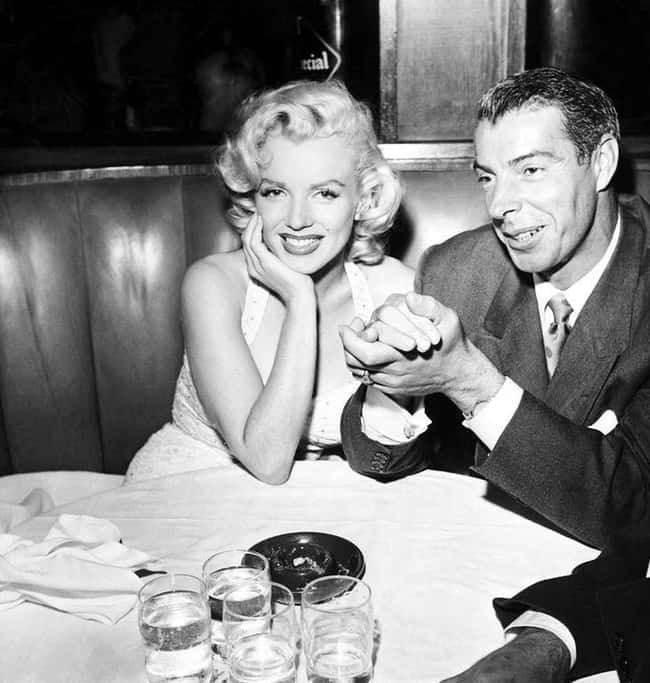More than sixty years after her tragic death, Marilyn Monroe’s final night remains one of the most haunting and hotly debated moments in Hollywood history. Now, newly uncovered details are shedding fresh light on what may have truly happened on that fateful evening — and the revelations are more disturbing than anyone imagined.

On August 5, 1962, the world awoke to the shocking news that Marilyn Monroe had been found dead in her Los Angeles home at just 36 years old. The official cause was listed as an overdose of barbiturates — a self-inflicted tragedy that marked the end of a glittering yet tortured life. But beneath the polished veneer of that explanation lies a tangle of inconsistencies, missing evidence, and suspicious behavior that continues to fuel speculation that Monroe’s death was far from accidental.
Eyewitness accounts from that night don’t align. The timeline of when her body was discovered has shifted repeatedly, while key individuals — including her psychiatrist, Dr. Ralph Greenson, and housekeeper, Eunice Murray — offered conflicting statements. The deputy sheriff first on the scene described the room as “unnaturally staged,” with Monroe’s body positioned too perfectly, the phone in her hand, and the house eerily spotless — all suggesting that someone had rearranged the scene before authorities arrived.

Even more perplexing were the forensic anomalies. Although toxicology reports confirmed lethal levels of pentobarbital and chloral hydrate, investigators found no undigested pills in her stomach — a biological impossibility if she had swallowed the fatal dose herself. This led to chilling speculation that the drugs may have been administered by injection or enema, methods consistent with some covert medical procedures of the time.
Equally suspicious was the behavior of Monroe’s housekeeper, who was reportedly washing bed sheets and cleaning the home before police even began their investigation. Why was evidence being destroyed? Who ordered it? These unsettling details hint at an orchestrated effort to control the narrative — and perhaps conceal powerful connections.

In the years since, Monroe’s rumored relationships with President John F. Kennedy and Attorney General Robert Kennedy have only intensified theories of political entanglement. Declassified FBI files reveal that Monroe was under surveillance in the months before her death, with agents tracking her phone calls and movements due to her proximity to the most powerful men in America. Some believe she possessed sensitive information — secrets that made her a liability.
Yet, beyond the intrigue and speculation lies the portrait of a woman crushed by loneliness, addiction, and the unbearable pressure of fame. Monroe’s diaries and letters reveal her deep yearning for love and her growing distrust of those around her. “I’m afraid of myself,” she once wrote — words that now echo like a premonition.
Was Marilyn Monroe a victim of her own despair, or was she silenced by forces far greater than herself? The answer may never be fully known. But what is certain is that her death marked the end of an era — and the birth of one of the greatest mysteries in modern history.
Even now, as researchers reexamine old files and long-buried evidence, one truth remains unshakable: the story of Marilyn Monroe did not end that night — it was only rewritten.






